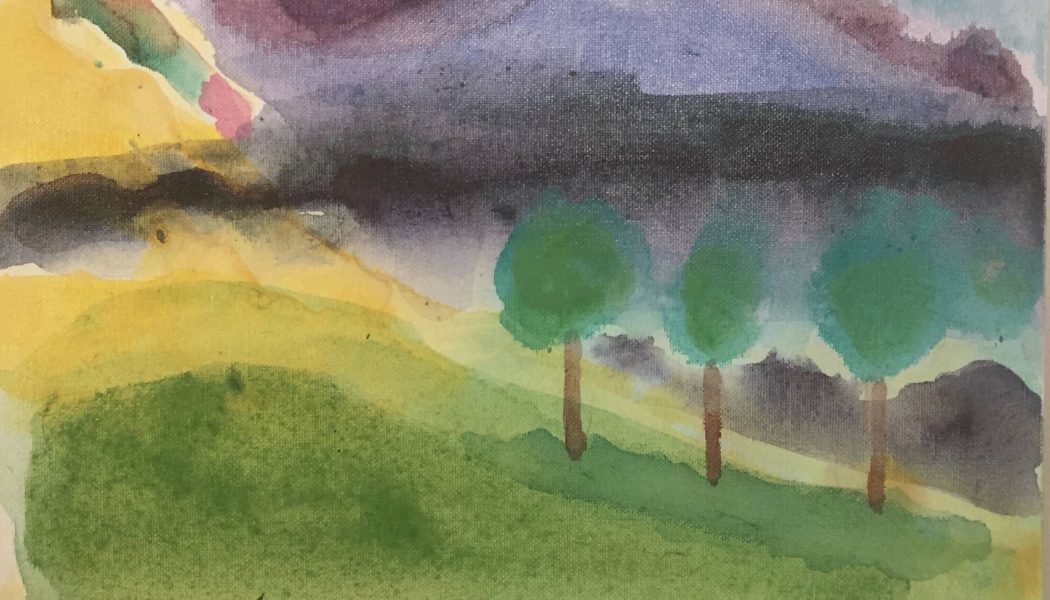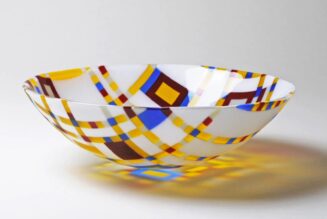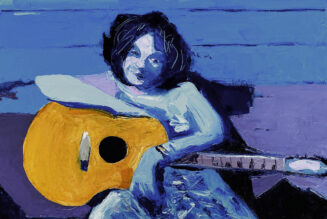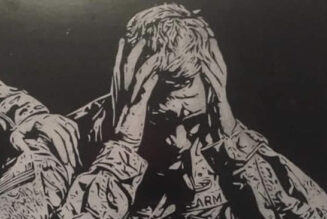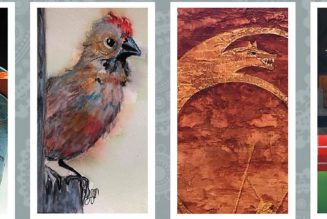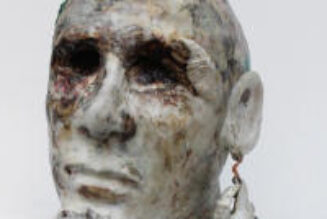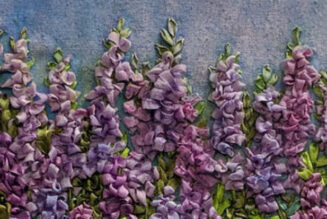by Susan Norsigian, LCPC
Art therapy can be a helpful tool when counseling groups. Its versatility lends it well to many situations. Art activities can be used to foster cooperation, empathy, tolerance and understanding of others. Art activity by nature provides an indirect way to bring out feelings visually, which is sometimes helpful with people who are not very verbal or resistant to sharing their thoughts and feelings. Groups can be tailored to many issues. Art therapy groups can help people to work through depression, schizophrenia, bipolar disorder, and anxiety. They can be effective in building self-confidence and self-esteem. Groups can also aid in learning communication skills and socialization, especially with children. There are many versions of and applications for art therapy with groups.
I like to always make a point to remind the reader that art therapy has nothing to do with talent or ability. Clients need to know whatever they put on the paper is valuable. Feelings come through during the act of drawing and painting no matter how skilled the person creating it. So remember the word “art” is used loosely and simply refers to making pictures, or any art form.
The benefits of using art therapy when working with a group are, as in any group therapy situation, potentially many. Observing the work of peers and getting their feedback can be extremely effective, in some cases more effective than individual therapy. Group members can sometimes confront each other or point out observations as peers, in non-threatening ways, which gives the experience more validity. A group art project gives group members a chance to develop skills mentioned above, especially cooperation and empathy. It can be open-ended or the therapist might give a specific directive. Once a project is finished, group members can discuss their experiences. They may address conflict, dominance, respect, and any other issues that may arise during the making of a group project. The therapist plays an important role here in keeping group members focused on learning from what can be challenging experiences, and stay mindful of the purpose of the group. Both the experience of working on a group art project and the discussion/processing afterwards are important. The art therapist also often asks members to make their own individual artwork during the session, to be brought to discussion so each member has a chance to share their thoughts, feelings and insights.
I have led group therapy sessions that incorporate artmaking with children and adults, with multiple diagnoses, including dual diagnoses (both substance abuse and mental health). Less frequently I have had the opportunity to use art therapy with families. Observing family dynamics as they work together on a family drawing can provide much insight.
I’ve learned that when working with groups, I may have an idea of what will happen after I give a directive, but that the group takes on a sort of life of its own, and I must respect that, and follow the lead of my clients. Group therapy can be challenging, but very rewarding and helpful work.
Susan Norsigian is a Licensed Clinical Professional Counselor in private practice in the StL Metro area.
She can be reached at 618-223-4502 / snorsigian@gmail.com.
